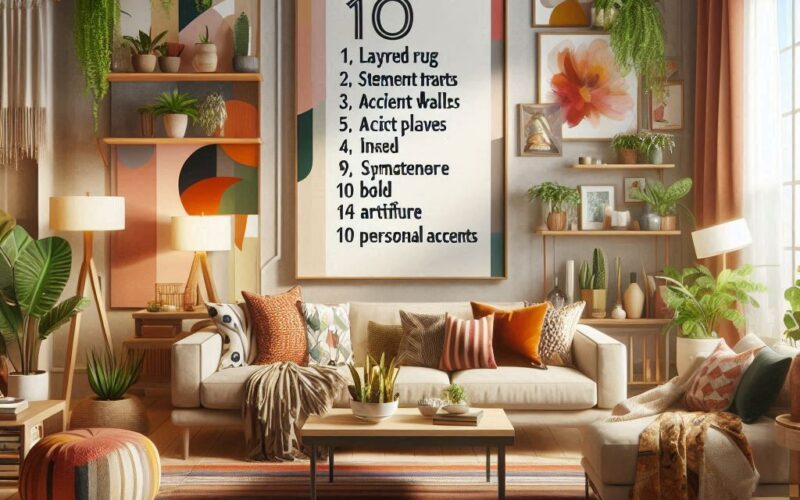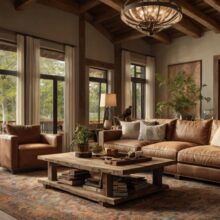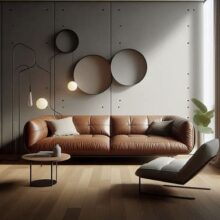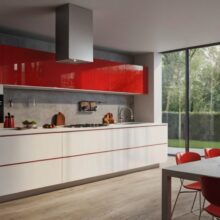10 Home Decor Tips from an Interior Designer

10 Home Decor Tips from an Interior Designer
First thing first, home decor is not just about aesthetics; it’s about creating a space that reflects your personality, enhances your lifestyle, and promotes well-being. As an interior designer, I’ve seen firsthand how thoughtful decor can transform a house into a home. In this article, I will share ten essential home decor tips that can elevate your living space while ensuring that it remains functional and inviting.
1. Understand Your Space
Before diving into decor, take the time to understand the architectural features of your space. Consider the layout, light sources, and the flow between rooms. Every space has its unique characteristics, and recognizing these can help you make informed decor choices. For example, if you have a small room with limited natural light, lighter colors and strategically placed mirrors can create an illusion of space and brightness.
2. Define Your Style
Your home should tell your story. Take some time to define your personal style. Are you drawn to modern minimalism, rustic charm, or eclectic bohemian? Creating a mood board with images that inspire you can help clarify your vision. Remember, consistency in style throughout your home creates a cohesive look and feel.
3. Prioritize Functionality
While aesthetics are important, functionality should never be overlooked. Consider how you use each space. For example, if you love entertaining, focus on creating an inviting living area with comfortable seating and easy access to food and drinks. Multifunctional furniture, such as ottomans with storage or extendable dining tables, can maximize space without sacrificing style.
4. Use Color Wisely
Color has the power to evoke emotions and set the tone for a room. When choosing a color palette, consider the mood you want to create. Soft blues and greens can promote relaxation, while vibrant reds and yellows can energize a space. A common technique is to use the 60-30-10 rule: 60% of a room should be a dominant color, 30% a secondary color, and 10% an accent color. This balance can create visual interest without overwhelming the senses.
5. Incorporate Textures
Adding various textures can bring depth and warmth to your decor. Mixing materials like wood, metal, fabric, and glass creates a rich sensory experience. For instance, pairing a sleek leather sofa with a soft wool throw and a chunky knit pillow can make the space feel inviting and layered. Don’t forget about the floor; area rugs can add both comfort and visual interest.
6. Invest in Lighting
Lighting plays a crucial role in home decor. It can highlight architectural features, create ambiance, and affect how colors appear in your space. Aim for a mix of ambient, task, and accent lighting. For example, a beautiful chandelier can serve as a focal point in a dining room while providing general illumination. At the same time, table lamps can offer task lighting for reading or working. Dimmer switches can also add flexibility to your lighting scheme.
7. Personalize Your Space
Your home should reflect your personality and interests. Incorporate personal touches such as family photos, art pieces, and travel souvenirs. These elements tell your story and make your space unique. Gallery walls are a popular way to display art and photos, creating a dynamic focal point in any room.
8. Create Zones
In open-concept spaces, defining zones can help create a sense of order and purpose. Use furniture arrangements, rugs, or even different paint colors to delineate areas for cooking, dining, and relaxing. This not only enhances functionality but also adds visual interest. For example, a cozy reading nook can be established with a comfortable chair, a small side table, and a lamp, making it distinct from the main living area.
9. Don’t Neglect the Outdoors
Outdoor spaces are an extension of your home and should be treated as such. Whether you have a small balcony or a sprawling backyard, consider ways to make it inviting. Use outdoor furniture, potted plants, and decorative lighting to create a cozy atmosphere. Incorporating elements like a fire pit or a water feature can enhance the ambiance and make your outdoor space more enjoyable.
10. Stay Flexible
Trends come and go, but your home should remain a reflection of you. Stay open to change and be willing to adapt your decor as your tastes evolve. Swap out accessories seasonally, or consider a fresh coat of paint to rejuvenate a space. Flexibility allows you to keep your home feeling fresh and aligned with your current lifestyle.
Ready to Transform Your Space?
Home decor is an ongoing journey. Each tip shared here is a stepping stone toward creating a space that is uniquely yours. If you are excited to dive deeper into the world of interior design, consider consulting with a professional designer who can provide tailored advice based on your individual needs. Explore your options, embrace creativity, and let your home tell your personal story!



